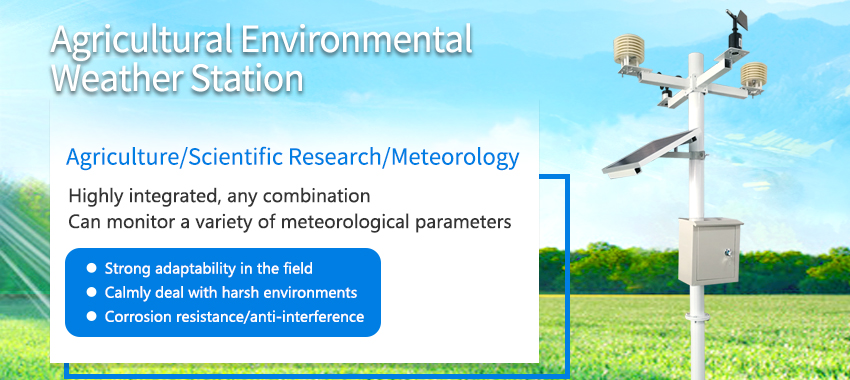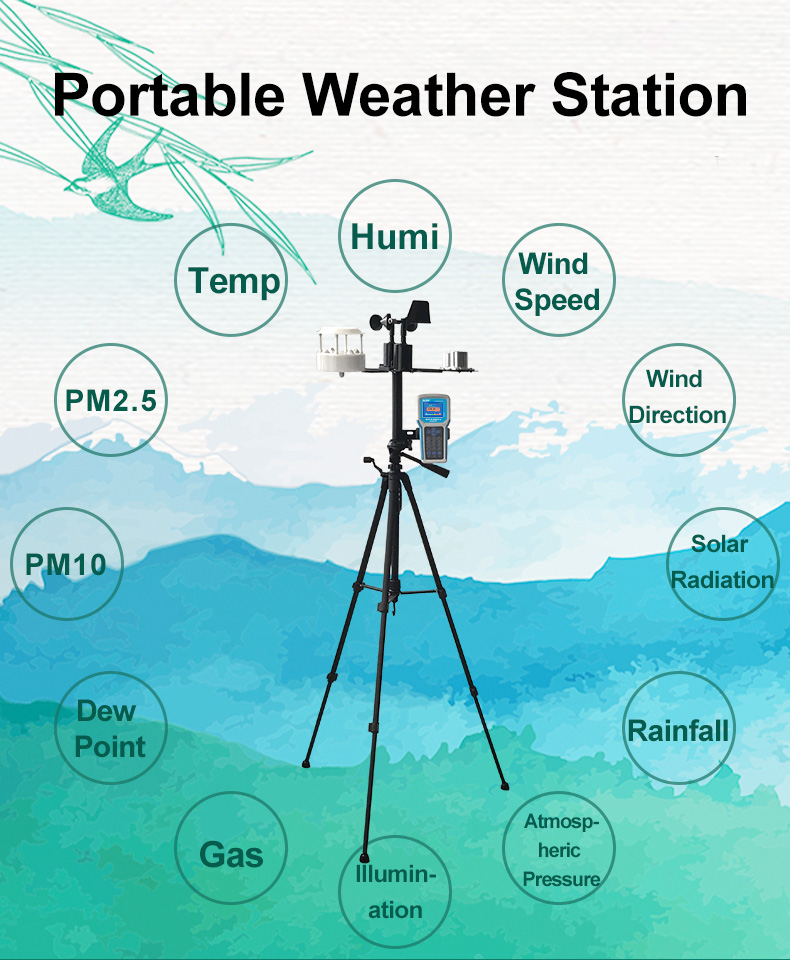weather monitoring systems
Weather monitoring systems are an important aspect of human survival. Accurate weather forecasts, early warning systems and real-time data insights are essential for everything from agriculture to transportation. In recent years, advances in technology have revolutionized weather monitoring systems, making the collection, analysis and dissemination of data more efficient and reliable.

Advanced Sensors and Observation Networks:
Efficiency in weather monitoring systems begins with advanced sensors and observation networks. Weather stations equipped with state-of-the-art instruments capture a wide range of meteorological data such as temperature, humidity, pressure, wind speed, and precipitation. These sensors are often linked to observation networks that consist of multiple stations distributed geographically. Increased density of observation networks ensures accurate and comprehensive coverage of local weather phenomena.

Data Collection and Transmission:
Efficient weather monitoring systems rely on seamless data collection and transmission mechanisms. Automated telemetry systems integrated with observation networks enable real-time data gathering. These systems utilize various data collection methods, including satellite remote sensing, ground-based radars, weather balloons, and aircraft observations. Data transmission via sophisticated communication networks ensures immediate access to information from remote as well as densely populated areas.
Data Storage and Processing:

Managing vast amounts of weather data requires efficient storage and processing capabilities. High-performance computing infrastructures and cloud-based solutions play a crucial role in storing, organizing, and analyzing weather data. The use of big data analytics and machine learning algorithms allows for more accurate predictions and deeper insights into weather patterns. Real-time processing monitors continuously incoming data, enabling rapid response to emerging conditions.
Integration of Multiple Data Sources:

Efficiency in weather monitoring is enhanced through the integration of multiple data sources. By assimilating data from various sensors, satellites, radars, weather models, and citizen science initiatives, a more comprehensive and accurate representation of the weather can be achieved. Integration often involves employing data fusion techniques to blend information from disparate sources into a consistent and reliable output.
Visualization and Decision Support:
Real-time data insights are only valuable if they can be easily understood and utilized by stakeholders. Advanced visualization tools transform complex weather data into intuitive graphics, maps, and charts. These visualizations enable meteorologists, emergency responders, and other decision-makers to interpret and analyze the data quickly, facilitating informed decisions and timely actions in response to changing weather conditions.